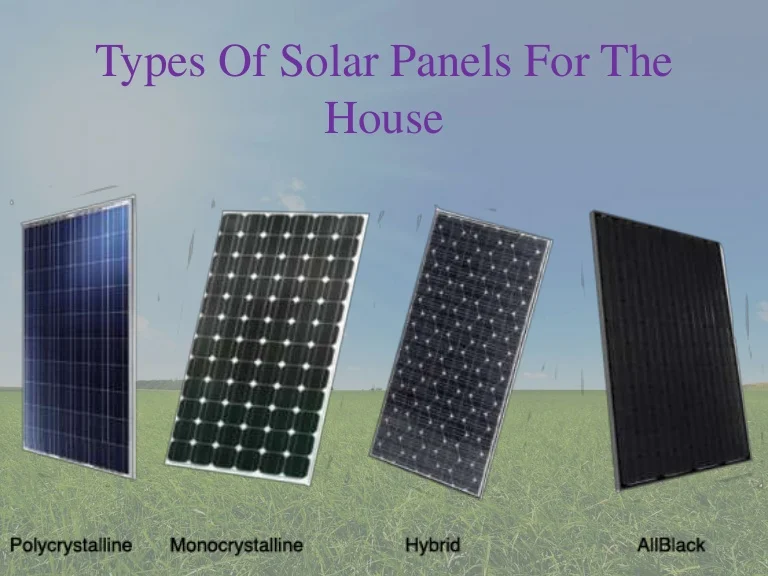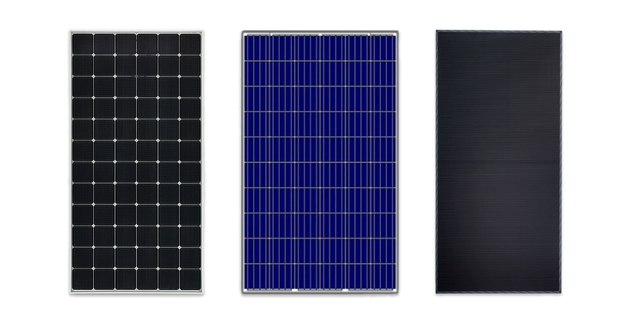The Solar Systems Ideas
Wiki Article
A Biased View of Solar Systems
Table of ContentsGet This Report about Solar SystemsFascination About Solar SystemsSolar Systems Fundamentals ExplainedNot known Details About Solar Systems
There are 3 different sorts of photovoltaic panels: monocrystalline, polycrystalline, and also thin film. Monocrystalline solar panels are very efficient and have a sleek design, but come at a higher cost point than other solar panels. Polycrystalline solar panels are more affordable than monocrystalline panels, nonetheless, they are much less reliable as well as aren't as cosmetically pleasing.Nowadays, there are several varieties of monocrystalline solar panels on the market to select from., are coming to be a significantly prominent monocrystalline option.
Since monocrystalline solar batteries are made from a single crystal of silicon, electrons have the ability to quickly stream throughout the cell, boosting overall performance. Not only do monocrystalline panels have the greatest efficiency ratings, they commonly also have the greatest power ability scores. Most monocrystalline panels on the marketplace today will have a power output ranking of a minimum of 320 watts, yet can go up to around 375 watts or greater!.
Since polycrystalline cells include numerous silicon cells, the electrons can not move as quickly and because of this, decrease the performance of the panel. The lower performance of polycrystalline panels additionally implies they often tend to have a lower power outcome than monocrystalline panels, normally ranging in between 240 watts and 300 watts.
Excitement About Solar Systems
4% performance with thin movie cell models but. In order to satisfy your energy needs, you would certainly need to install more thin film panels over a large location to produce the very same amount of power as crystalline silicon solar panels. This is why thin movie solar panels don't really make feeling for household installments where room is restricted.The temperature coefficient tells you just how much the power output will certainly decrease by for each 1 * C over 25 * C the panel gets. The standard temperature level coefficient for mono and also polycrystalline panels typically falls somewhere between -0. 3% and also -0. 5% per * C. Thin film panels on the other hand, are around -0.
In truth, with some thin film panels, it's hard to even see the specific cells within the panel. They likewise tend to have less wiring as well as busbars, implying there's much less read what he said white area. Because they are so inefficient, you would certainly require to cover your whole roof in thin movie panels - which may or may not be your design.

Some producers have worked around this with black packaging or shaping the cells in a different way, but these visual changes can affect both the price as well as efficiency of the panels. Generally, monocrystalline panels still look streamlined, but they're a bit more pronounced than slim film panels. solar systems. The procedure in which polycrystalline solar cells are produced causes the cells to have a blue, marbled look.
The Only Guide to Solar Systems
If you get on a limited spending plan, polycrystalline panels might make even more feeling for you. We do not advise slim film solar panels for domestic installments - their performance as well as durability don't make the affordable worth it, as well as it's not likely you'll have virtually sufficient area to mount the number of slim movie panels you would need to cover your home electrical energy usage.Considering that they are made from pure silicon, they can be easily determined by their dark black shade. Using pure silicon also makes monocrystalline panels the most space-efficient and also longest-lasting amongst all three solar panel types. Nevertheless, this comes at a price a whole lot of silicon is lost to generate one monocrystalline cell, often reaching over 50%.

Amorphous silicon panels (A-Si) derive their name from their unformed nature. Unlike mono-and polycrystalline solar cells, the silicon is not structured on the molecular level.
Excitement About Solar Systems
$0. 32-$0. 65 $1 $1. 50 $0. 70 $1 $0. 60 $0. 70 $0. 50 $0. 60 $0. 43 $0. 50 Note that these numbers do not include the cost of installment as well as labor. With labor and other above variables, the total amount can rise to $2. 50 to $3. 50 per watt.
This suggests that thin-film panels can be an excellent alternative for hotter atmospheres or places that experience more sunlight throughout the year. The upgraded International Building regulations of 2012 calls for photovoltaic panels to match the fire score of the roofing system where see here now they are installed. This is to ensure that the components do not speed up the spread of flames in the event of a fire.
Report this wiki page